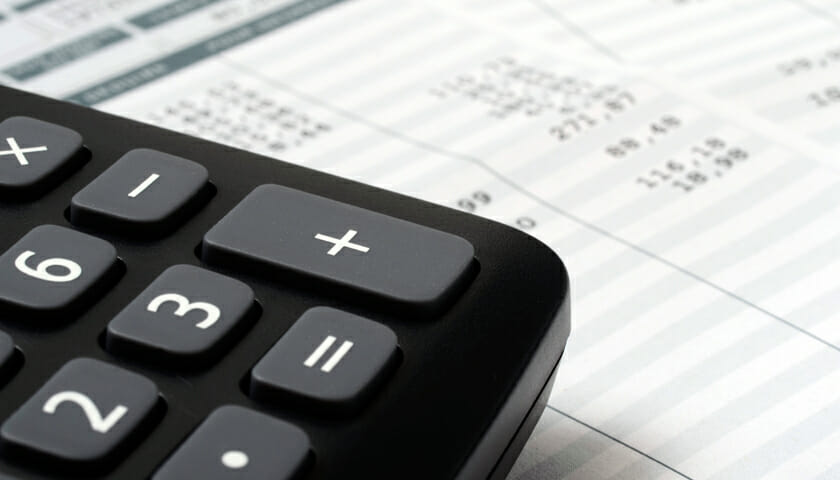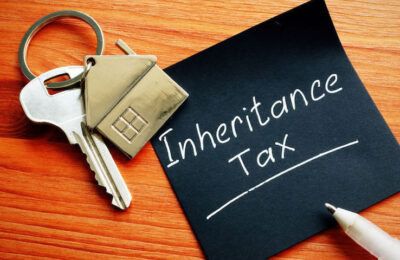Check your payslips and tax code
A friend of mine is a teacher in a private school.
She doesn’t work full time because she has negotiated a flexible working arrangement with her employer. Nonetheless, this year she was given additional responsibilities which attract a measure of extra pay.
Even though she is working the same number of hours as last year, she was surprised when she got her first payslip this term. How was it possible that she was being paid less than last year? Where had the extra pay increment gone?
Her first port of call was to talk to the HR team responsible for payroll.
It turned out the problem was simply an administrative error – someone had put the wrong figures into the system.
The amounts weren’t far out but they were wrong. My friend is now getting the extra pay she is entitled to – and has been refunded the shortfall.
Her story got me thinking what would have happened if she hadn’t spotted the problem early on.
From her point of view, she could have missed out on a significant sum of money that she was entitled to. From her employer’s perspective, they could have been landed with a large bill if the error had been spotted months down the line.
News about pay errors also spreads fast. If the school had miscalculated the salaries of other staff, the bill could quickly have become very large indeed!
The fact is, many employees don’t check their payslips thoroughly enough, meaning they either miss out or that problems come to light when they are much more expensive to put right – for the employee (if they have been overpaid) or the employer (if the employee has been underpaid).
So how do you check a payslip?
These are the main things you should look at:-
Check your gross pay
If you don’t receive overtime or bonuses, then you should multiply your monthly gross pay by 12. The figure should match your contracted salary (for example, if you are hired on a gross salary of £48,000, your monthly gross pay should be £4,000). If you receive overtime or bonuses, they are listed separately on your payslip, making it easy for you to discount them from this calculation.
Check your tax code
Sometimes the wrong tax code gets applied to your salary, meaning you pay too much or too little tax. Each year you should be notified of your tax code, so check it is the same code listed on your payslip. If in doubt, get in touch with your HR department or HMRC.
Check your National Insurance details
The most common mistake here (this has happened to me) is to have the wrong NI code listed on your payslip. This means your payments don’t accrue under your name – this can put your state pension or other benefits in peril. Check your official NI number is detailed on the payslip.
Look at your pension deductions
These are almost always tax-free, so will be deducted as a percentage of your Gross Pay. Your employer’s contributions will also be listed.
Check any other deductions
If you enjoy benefits such as childcare vouchers, travelcard loans or similar, then these will also show up on your payslip. Similarly, if you give to charity via your payroll, this will be listed too.
As you can see, payroll can be complex – meaning there’s little surprise that so few employees check their payslips properly.
But as my friend’s story shows, it’s important for both employer and employee to get it right. If you want to keep staff morale high, the last thing you want to do is let money hassles sour relationships.
At THP, we understand this and we offer businesses a full payroll service that helps make sure your employees are paid accurately and puts the responsibility for getting it right onto our shoulders.
In short, even if your employees aren’t checking their payslips, you can rest assured that we are! Contact us today, with offices in Chelmsford, Sutton, Saffron Walden, and Wanstead.
About Ben Locker
Ben Locker is a copywriter who specialises in business-to-business marketing, writing about everything from software and accountancy to construction and power tools. He co-founded the Professional Copywriters’ Network, the UK’s association for commercial writers, and is named in Direct Marketing Association research as ‘one of the copywriters who copywriters rate’.












